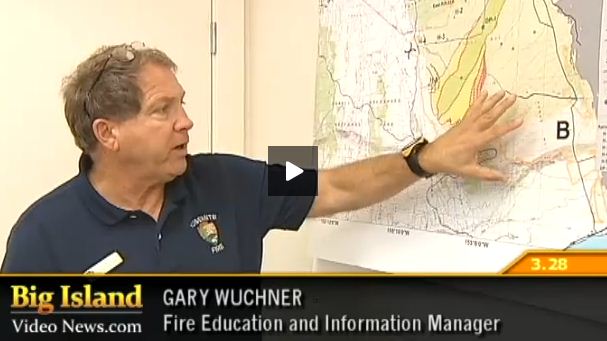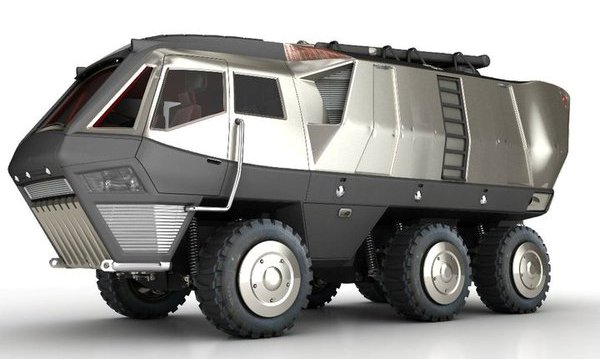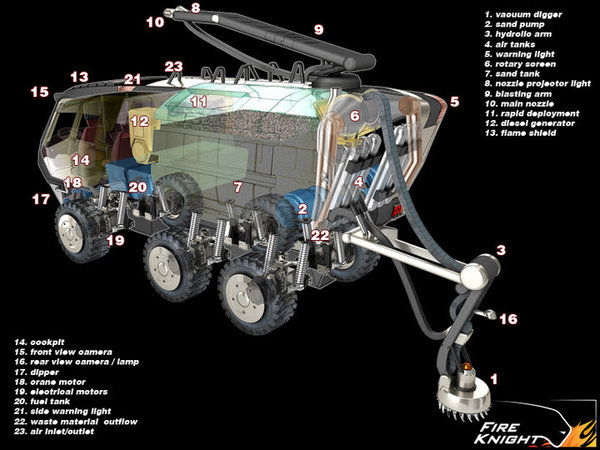
Apache 8, a documentary about an all-women Native American wildland fire crew, is making the rounds of film festivals and public television stations. So far it is scheduled to be shown on television stations in New Hampshire, Arizona, New Mexico, and Nevada. (UPDATE: it will air in South Dakota on Sunday, May 8th at 3pm central/2pm mountain time on the main channel, SDPB 1.)
Information from a fact sheet about the film:
Apache 8 tells the story of an all-women wildland firefighter crew from the White Mountain Apache Tribe, who have been fighting fires in Arizona and throughout the U.S. for over 30 years. The film delves into the challenging lives of these Native firefighters.
Four extraordinary women from different generations of the Apache 8 crew share their personal narratives with humor and tenderness. They speak of hardship and loss, family and community, and pride in being a firefighter from Fort Apache. Apache 8 weaves together a compelling tale of these remarkable firefighters.
To find out when it will be airing on your local PBS station, go to the “station finder” and click “change.” After entering your zip code click “next” a couple of times. If it is not scheduled, there is an email link at the station finder which you can use to ask them to show it. If you discover any airing dates that are not already listed above, let us know in a comment.
Here is a trailer for the film:
More information:
- The film’s Facebook Page
- Their E-Newsletter, which includes more information about television broadcast dates.
Thanks Dick




